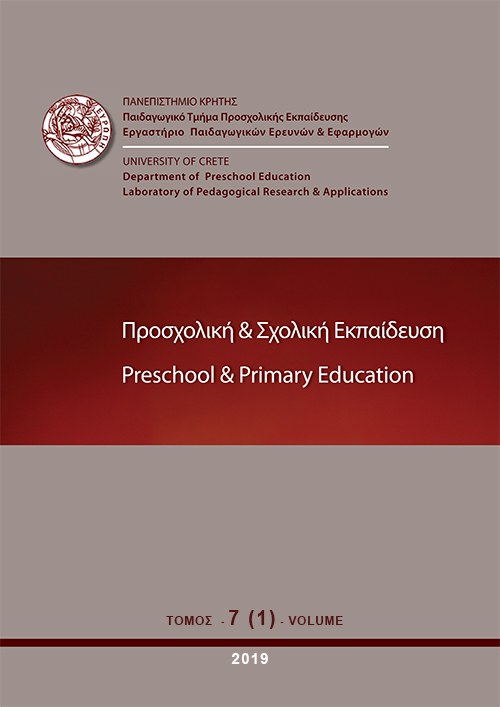What aspects of the home literacy environment differentiate Chinese children at risk for reading difficulties from their not at risk controls?

Abstract
We examined what aspects of the home literacy environment (formal home literacy activities, informal home literacy activities, access to literacy resources, age of onset of literacy instruction, child’s interest in reading, and parents’ expectations) differentiate Chinese children at risk for reading difficulties from their not-at-risk controls. Eighteen children from Jining, China, who were at risk for reading difficulties and 32 not-at-risk controls participated in the study. Their parents also participated in the study by filling out a home literacy questionnaire, by recording the daily parent-child reading activities (diary), and by completing the Children’s Title Recognition Checklist. Group comparisons revealed significant differences only in items measuring children’s access to literacy resources and reading interest. Results of discriminant function analyses further showed that the home literacy environment variables could discriminate well between the children at risk for reading difficulties and their controls. Taken together, our findings suggest that to the extent environment plays a role in reading difficulties in Chinese, this should be traced to factors such as child’s interest in reading and access to literacy resources.
Article Details
- How to Cite
-
Zhang, S. Z., Georgiou, G. K., & Shu, H. (2019). What aspects of the home literacy environment differentiate Chinese children at risk for reading difficulties from their not at risk controls?. Preschool and Primary Education, 7(1), 1–18. https://doi.org/10.12681/ppej.18868
- Issue
- Vol. 7 No. 1 (2019)
- Section
- Articles

This work is licensed under a Creative Commons Attribution-NonCommercial-ShareAlike 4.0 International License.
Authors who publish with this journal agree to the following terms:
- Authors retain copyright and grant the journal right of first publication with the work simultaneously licensed under a Creative Commons Attribution Non-Commercial License that allows others to share the work with an acknowledgement of the work's authorship and initial publication in this journal.
- Authors are able to enter into separate, additional contractual arrangements for the non-exclusive distribution of the journal's published version of the work (e.g. post it to an institutional repository or publish it in a book), with an acknowledgement of its initial publication in this journal.
- Authors are permitted and encouraged to post their work online (preferably in institutional repositories or on their website) prior to and during the submission process, as it can lead to productive exchanges, as well as earlier and greater citation of published work (See The Effect of Open Access).


